Tom Richey
Slide Share: Text Structure Ppt
A slide show with sixteen slides with explanations and examples of different text structures including: cause and effect, compare and contrast, problem and solution, sequential, and description.
Quia
Quia: Narrative Structure Elements
This reading resource provides vocabulary words with definitions. All words are related to the elements of narratives. A link to associated review activities is included.
Quia
Quia: Compare/contrast Character, Plot, and Setting Test
This interactive activity assesses students' understanding of the story elements. Students will read passages that include a short story and a brief drama; then students will answer assorted questions associated to each piece.
Annenberg Foundation
Annenberg Learner: Journey North: Reading Strategies: Summarize Information
Learn what a summary is and how to write an objective summary of an informational text by using a list of guiding questions.
Annenberg Foundation
Annenberg Learner: Journey North: Reading Strategies: Identify and Analyze Text Structure
Learn how to identify the text structures of chronological/sequence, cause/effect, problem/solution, compare/contrast, description, and directions by using a list of guiding questions.
Quia
Quia: Character Terms
Complete each sentence by typing the correct character word into each box in this ten-question quiz.
Quia
Quia: Rags to Riches Author's Tone and Point of View
Answer questions about author's purpose, tone, and point of view in this Rags to Riches style game.
Quia
Quia: Text Structure Practice Part #1
After reading key words and phrases, determine the correct text structure in this Rags to Riches style game.
Tom Richey
Slide Share: How Can I Find the Theme of a Text?
Twenty-four slides explaining what a theme is and how it can be identified in a text.
Sophia Learning
Sophia: Setting and Theme
This slideshow lesson defines setting and theme, explains the relationship between them and offers strategies to find the theme in fiction writing.
Fun Trivia
Fun Trivia: The Four Types of Writing Trivia Quiz
A fifteen-question quiz in which the reader identifies a type of writing for each situation: argumentation, exposition, narrative, or description. Correct answers are displayed once answers are submitted.
TES Global
Blendspace: Text Structures
A thirty-part learning module on text structures including description, sequence, problem and solution, compare and contrast, and cause and effect. Lessons include links to pictures, story text, informational text, videos, charts,...
TES Global
Blendspace: Expository Writing
A twelve-part learning module with links to images, texts, slides, a video, and a quiz about expository writing, text structures, conjunctive adverbs, and more.
TES Global
Blendspace: Text Structure & Author's Purpose
A ten-part learning module with links to videos, images, and websites to use while learning about text structure and author's purpose.
Other
Prezi: Writing a Summary of Nonfiction
Writing a summary is an excellent way for students to demonstrate their understanding of nonfiction text. This slideshow explains what makes a good summary and delves into the four basic rules for writing a summary of nonfiction text.
Scholastic
Scholastic: Nonfiction Comprehension: Making Personal and Textual Connections
This is a lesson plan to help elementary students connect to nonfiction text as they read.
ClassFlow
Class Flow: Story Elements
[Free Registration/Login Required] This flipchart defines the elements of a story: character, setting, theme, and conflict.
ClassFlow
Class Flow: Topic & Main Idea
[Free Registration/Login Required] Recognizing the main idea is the key to good comprehension. The main idea is a general idea under which fits all the supporting material of the passage or paragraph. Learn and use three strategies that...
Other
Prezi: Dialogue and Plot
A slideshow describing the elements of plot as well as the importance of dialogue as it interacts with different plot elements.
Can Teach
Can Teach: Introduction to Character Traits
In this lesson plan middle schoolers will better understand what and how to generate the traits of a character. Lesson plan indicated for 4th grade and above.
ClassFlow
Class Flow: Graphic Organizer Spider Graphic
[Free Registration/Login Required] This graphic organizer provides a webbing framework for students to analyze the main idea/theme and supporting details of a reading passage or historical event. A template for students to follow is given.
Houghton Mifflin Harcourt
Holt, Rinehart and Winston: Analyzing a Story's Theme [Pdf]
A short set of questions designed to help students consider and analyze the element of theme within a piece of literature. RL.9-10.2 and RL. 11-12.2 Analyzing Theme.
Houghton Mifflin Harcourt
Holt, Rinehart and Winston: Elements of Literature: Evaluating Character and Plot in Literature [Pdf]
A brief graphic organizer which allows students to evaluate the literary elements of plot and character in a given piece of literature. Also includes a section which requires textual support. PDF (requires Adobe Reader).
Other
Mantex: Tutorials: What Is Close Reading?
This site discusses the four types of reading: Linguistic, Semantic, Structural, and Cultural and offers a detailed example of close reading. RL.11-12.3 Auth choice story elem, RL.11-12.5 Choice of Text Structure


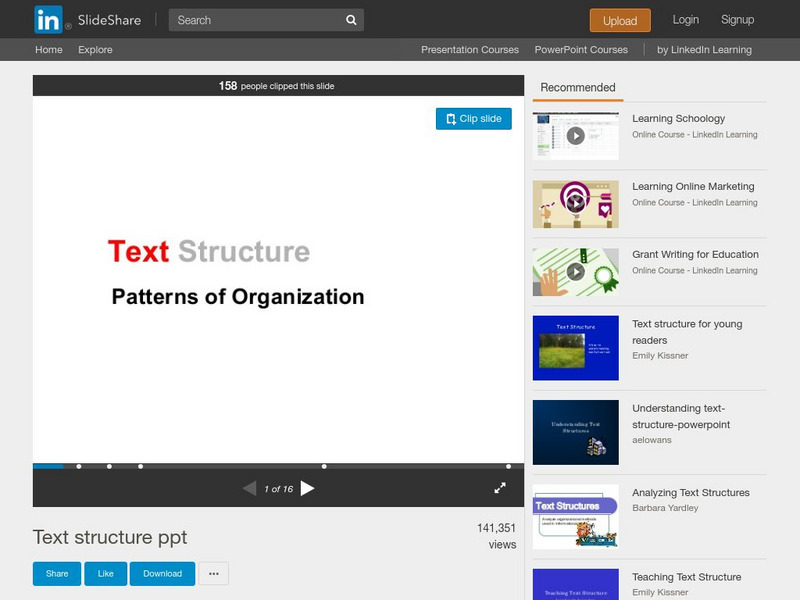



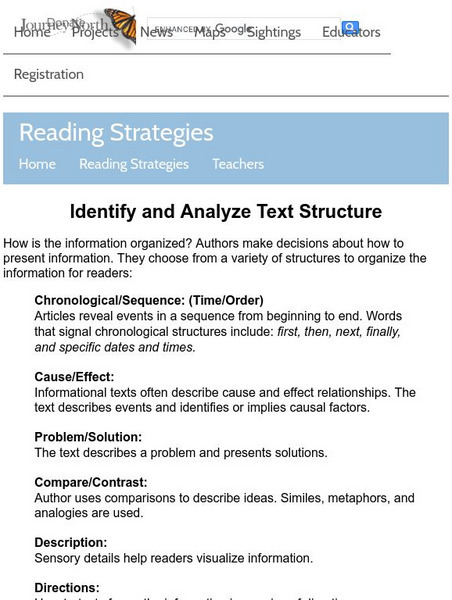

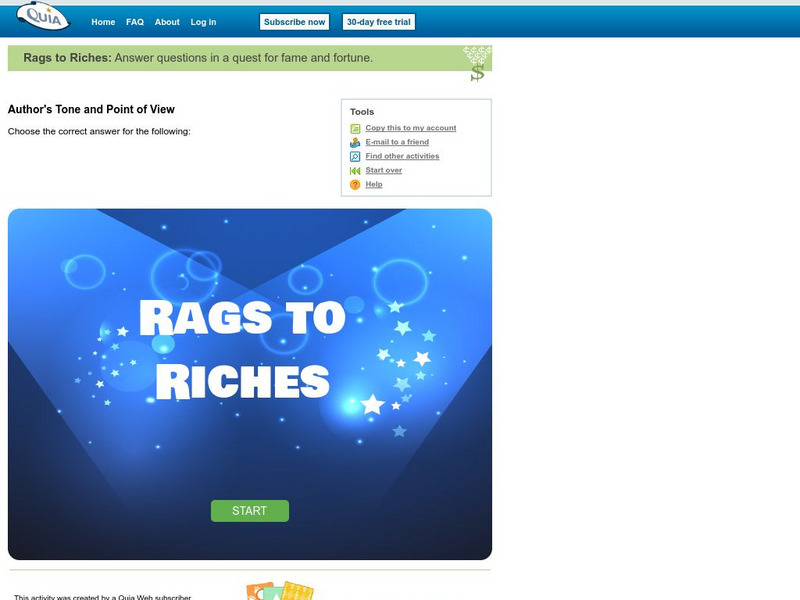

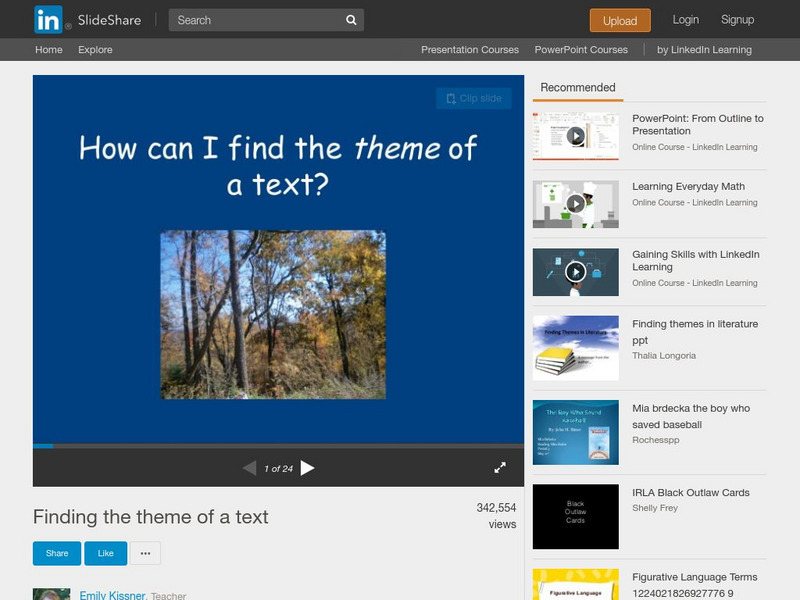




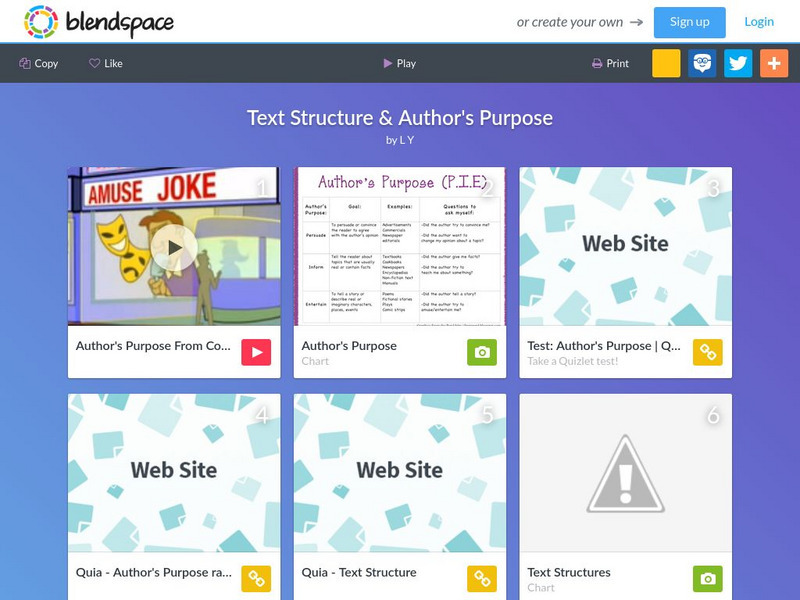


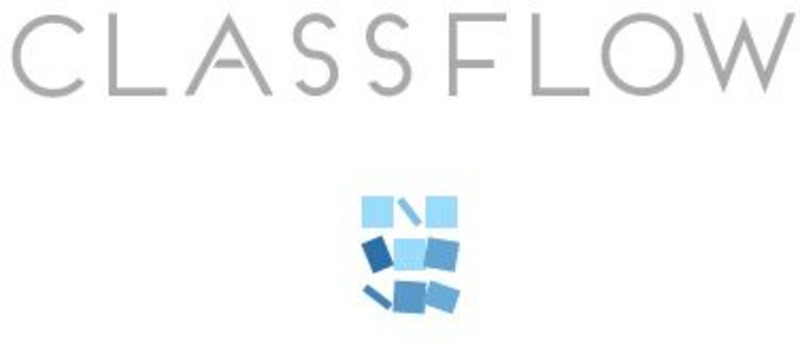



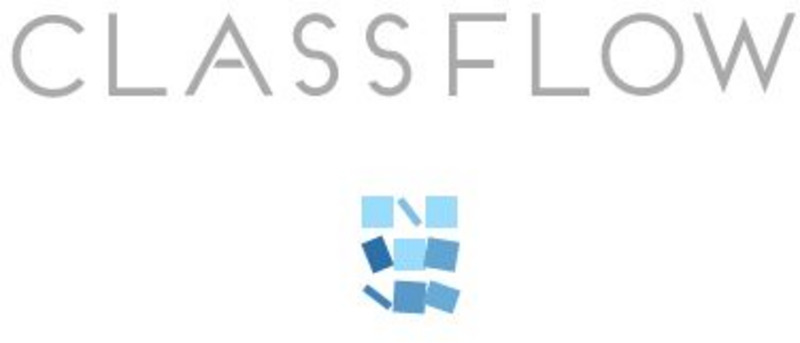
![Holt, Rinehart and Winston: Analyzing a Story's Theme [Pdf] Graphic Holt, Rinehart and Winston: Analyzing a Story's Theme [Pdf] Graphic](https://d15y2dacu3jp90.cloudfront.net/images/attachment_defaults/resource/large/FPO-knovation.png)
![Holt, Rinehart and Winston: Elements of Literature: Evaluating Character and Plot in Literature [Pdf] Graphic Holt, Rinehart and Winston: Elements of Literature: Evaluating Character and Plot in Literature [Pdf] Graphic](http://content.lessonplanet.com/resources/thumbnails/410148/large/bwluav9tywdpy2symdiwmduymc0yotyymi0xdjnoywrjlmpwzw.jpg?1589985608)